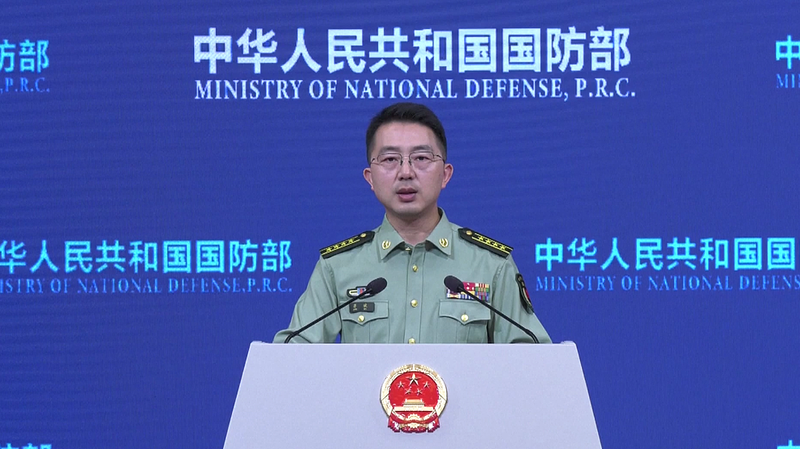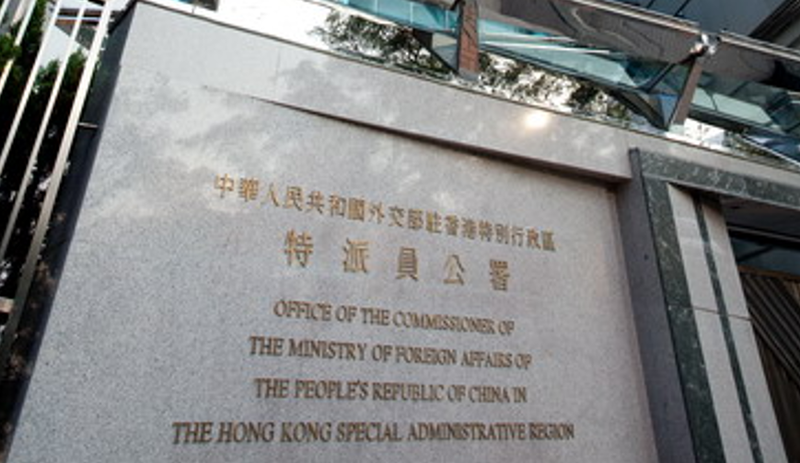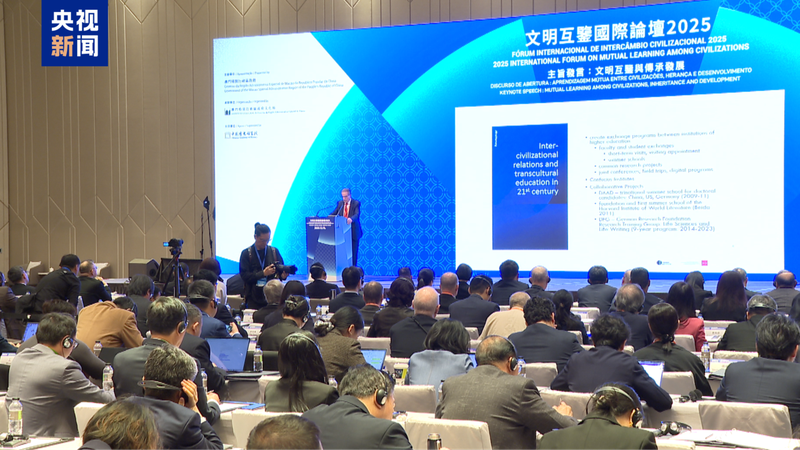Picture this: an Australian military aircraft cruising over the Xisha Qundao islands in the South China Sea meets a swift response from Beijing’s air defense – jets scramble, diplomatic protests fly, and a public exchange unfolds online.
On Wednesday, Jiang Bin, spokesperson for China's Ministry of National Defense, accused Canberra of twisting facts to mask what China sees as an illegal intrusion into its airspace. He argued that Australia’s defense ministry statement shifted blame onto China while covering up its own aircraft’s move into the disputed zone.
Jiang affirmed that the Chinese People's Liberation Army Southern Theater Command acted with legitimacy, legality and professional restraint to intercept and expel the aircraft. He dismissed Australia's claims that China’s intercept operations were unsafe and unprofessional as completely untenable.
Beijing has lodged a formal diplomatic protest and urged Canberra to rein in frontline sea and air forces to avoid further strains on China-Australia ties and regional stability. China also warned that it will continue taking necessary steps to defend its sovereignty while upholding peace in the South China Sea.
This latest standoff underscores the growing challenge of shared skies above contested waters. With millions of flights crossing these routes each year, experts stress the need for clear communication and strict protocols to avoid miscalculations and ensure safety.
For travelers, digital nomads and business leaders crisscrossing G20 skies, staying aware of evolving airspace norms is more than academic – it’s a travel must. As tensions simmer, all eyes are on whether Canberra and Beijing can move from public sparring to practical dialogue.
Reference(s):
cgtn.com




